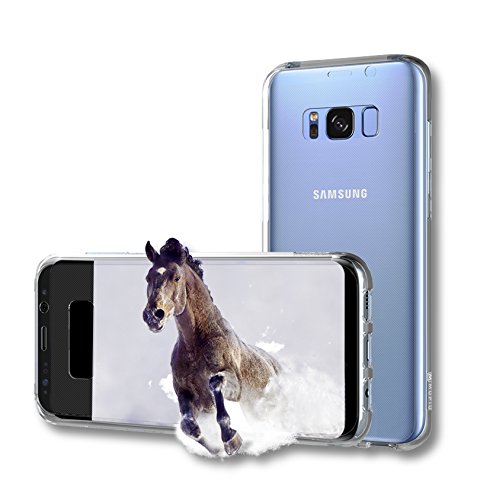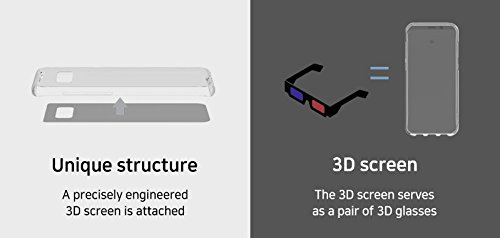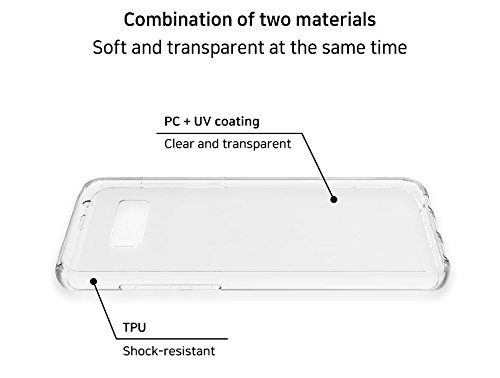As a new type of green lighting, LED lamps are energy-saving, environmentally friendly and long-lived, and are highly sought after by customers. However, the problem of LED light decay is another problem that LED lamps have to face. Uninterrupted light decay has seriously affected the use of LED lamps.
For the time being, the light fade of white LEDs on the market may be one of the top issues for civilian lighting. What causes the light decay of LEDs? In general, there are two main factors for the light decay of LEDs:
First, the quality of LED products themselves:
1. The LED chip used is not good, and the brightness is attenuated faster.
2, the production process is defective, LED chip heat can not be well exported from the PIN pin, resulting in high temperature of the LED chip to make the chip attenuation.
Second, the use of conditions:
1. The LED is driven by a constant current, and some of the LEDs are driven by voltage to cause the LED to be attenuated.
2. The drive current is greater than the rated drive condition.
In fact, there are many reasons for the light decay of LED products. The most critical issue is the hot issue. Although many manufacturers do not pay special attention to heat dissipation in secondary products, the long-term use of these secondary LED products will reduce the degree of light attenuation. LED products should be high. The thermal resistance of the LED chip itself, the influence of the silver paste, the heat dissipation effect of the substrate, and the colloid and gold wire are also related to the light decay.
Three factors affecting the quality of LED lamps
First, choose what kind of LED white light.
This is very important, the quality of LED white light can be said to be a very important factor. To give some examples, the same LED 14mil white light segment chip is used as the representative. The LED white light with the epoxy resin and the white glue and the encapsulation glue is used to illuminate the LED white light in a single environment. After 1000 hours, the attenuation data is 70% light decay; if packaged with Class D low-resistance glue, the light decay is 45% in the same aging environment; if the C-type low-resistance glue is packaged, in the same aging environment , the light decay of 12 hours is 12%; if the B-type low-resistance glue is encapsulated, in the same aging environment, the light decay of thousands of hours is -3%; if the low-grade glue of type A, under the same aging environment, thousands of hours of light The decline is -6%.
Second, the LED lamp bead works at ambient temperature.
According to the data of the aging of a single LED white light, if only one LED white light is on, and the ambient temperature is 30 degrees, then the stand temperature of the single LED white light will not work. More than 45 degrees. At this time, the life of this LED will be ideal.
If there are 100 LED white lights that work at the same time, the interval between them is only 11.4mm, then the bracket white temperature of the LED white light around the stack may not exceed 45 degrees, but in the middle of the stack Those LED white lights are likely to reach a high temperature of 65 degrees. At this time, the LED lamp bead is a test. Then, those LED white lights gathered in the middle, in theory, the light decay will be faster, and the LED white light around the lamp pile will slow down.
Anyway, everyone should know that LED is afraid of heat, the higher the temperature, the shorter the life of the LED, the lower the temperature, the longer the LED life. The ideal operating temperature of the LED is of course between minus 5 and zero. But this is basically impossible.
Therefore, after we understand the ideal working parameters of the LED lamp bead, we will strengthen the function of heat conduction and heat dissipation when designing the lamp as much as possible. Anyway, the lower the temperature, the longer the LED life.
Again, the working electrical parameters of the LED lamp bead are designed.
According to the experimental results, the lower the driving current of the LED white light, the smaller the heat emitted, of course, the smaller the brightness. According to the survey, LED solar lighting circuit design, LED drive current is generally only 5-10mA; the number of lamps used in the lamp has a large number of products, such as more than 500, or more, the drive current is generally only 10-15mA However, the driving current of the general popular LED application lighting is only 15-18 mA, and few people design the current to 20 mA or more.
The experimental results also show that under the driving current of 14 mA, and the cover is airtight, the air temperature inside reaches 71 degrees, the low-fat product, the light decay of zero hours is zero, and the light decay of 2000 hours is 3%. This shows that this low-reduction LED white light has reached its maximum level in such an environment, and then it is a kind of damage to it.
Because the aging board for aging does not have a heat dissipation function, the heat generated by the LED operation is basically unable to be conducted to the outside. This is proved experimentally. The air temperature inside the aging board has reached a high temperature of 101 degrees, and the surface temperature of the cover on the aging board is only 53 degrees, which is a few tens of degrees. This shows that the plastic cover designed has substantially no heat dissipation function. However, in general luminaire design, the function of heat conduction and heat dissipation is taken into consideration. Therefore, in summary, the design of the working electrical parameters of the LED lamp bead should be based on the actual situation. If the heat conduction and heat dissipation function of the lamp is very good, it is irrelevant to increase the driving current of the LED white lamp, because the LED lamp bead works. The heat can be exported to the outside in an instant, and there is no damage to the LED, which is the best care for the LED. On the contrary, if the heat dissipation function of the luminaire is so sloppy, it is better to design the circuit to be smaller and let it put less heat.
Galaxy S9+ Snap3D Case is a Screen Protective Case for Android Samsung Galaxy S9+ to Watch 3D Without 3D Glasses ,3D Personal Viewer,
It just look like a clear phone case in shape, but if you put it on the front of your screen, it will gives you a great experience. You can watch 3D movies and the scene, the animals will fly out of your phone, very magic!
3D Glasses are now a thing of the past thanks to the Snap 3D case. Our proprietary technology tracks user`s viewing position and stabilizes the screen accordingly to enable real 3D viewing experiences without glasses.
This type is Compatible with Galaxy S9+
If you want to have a rest you can just put it back one your phone, then it Acts as a fully functional Screen Protector offering protection from keys, scratches, falls, cracks, tools and more.
GUARANTEE: If you aren`t experiencing a true 3D experience, we will buy this product back from you - no questions asked. Lifetime Guarantee. Love it - or your money back. We are THAT confident in this product.


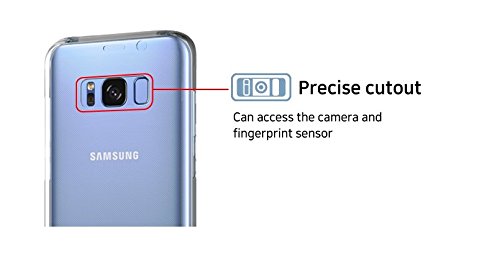
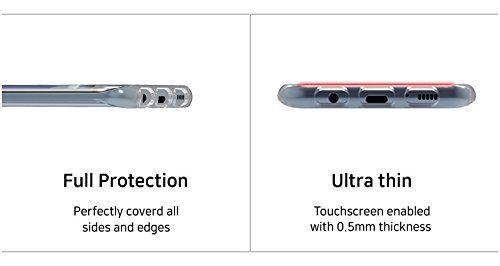
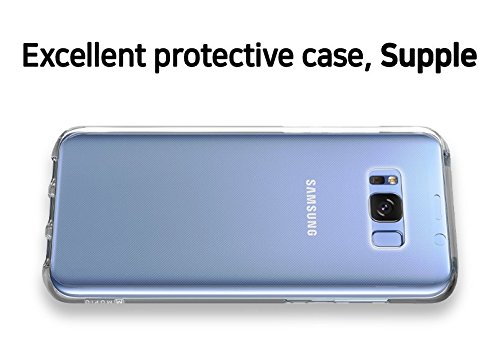
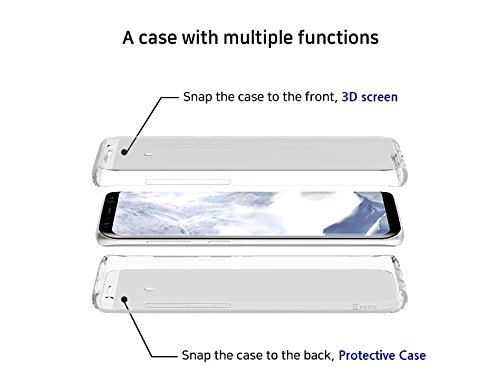
Galaxy S9+ Snap3D
Galaxy S9+ Snap3D,Snap3D For Galaxy S9+,Galaxy S9+ Snap 3D Viewer,Galaxy S9+ Snap3D Case
iSID Korea Co., Ltd , https://www.isidsnap3d.com







